North Vietnam, Friendship between Vietnam and China, October 1st, 1965; Michel Nr. 399-400; Two stamps both in the 12 xu nominal were issued perforated 11.0.
Mint blocks of four:
These stamps were not officially released imperforate but a handful of imperforate trial proofs have come to market. Note the five print colors and the printing guide marks surrounding the stamps.
Here are the imperforate trial proofs without the printing guide marks.
Printing errors are rare on this issue but did occur. Here is an imperforate trial print that shows a significant shift of the red printing phase.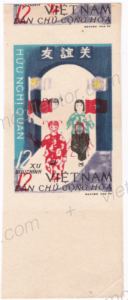
Perforated stamp on which the entire black color phase is missing. Listed in Michel but much rarer than the price of €100 suggests. The editor has not seen this error offered in the market in the past 20 years.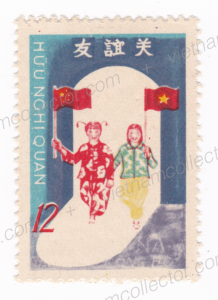
Here is a true piece of history. It is a combat cover (sometimes also referred as a bullet-hole cover) that was taken by either an ARV or an American soldier after wounding or killing a North Vietnamese mail man. Each side in the conflict was trying to gain an advantage by securing intelligence from the enemy so mail personell were a valuable target. It was a requirement that all mail taken in combat was to be handed over to the intelligence branch for translation and analysis which makes this type of mail so rare these days. So, most of these covers ended up in the files of the CIA or were destroyed after analysis. It was illegal to retain them but some service men nevertheless kept some envelopes as war trophies. This cover clearly shows the marks of bullet holes or shrapnel damage that was inflicted in the fight. The letter was sent from Thao Nguyen and addressed to another military unit as indicated by the Hom Thu Nr. on front. The envelope is a typical adversity cover that was fashioned out of old note paper. It contains a letter that, when folded, line up perfectly with the bullet holes. The letter was written by Xep, to his childhood buddy Ngheo wo served in a different unit. Xep served in an artillery unit and was therefore very mobile. Most anti-aircraft units were located in the North while artillery units moved around with the ground troops. He indicates that he has passed through their home town The letters date the cover from November, 1967. Very rare!
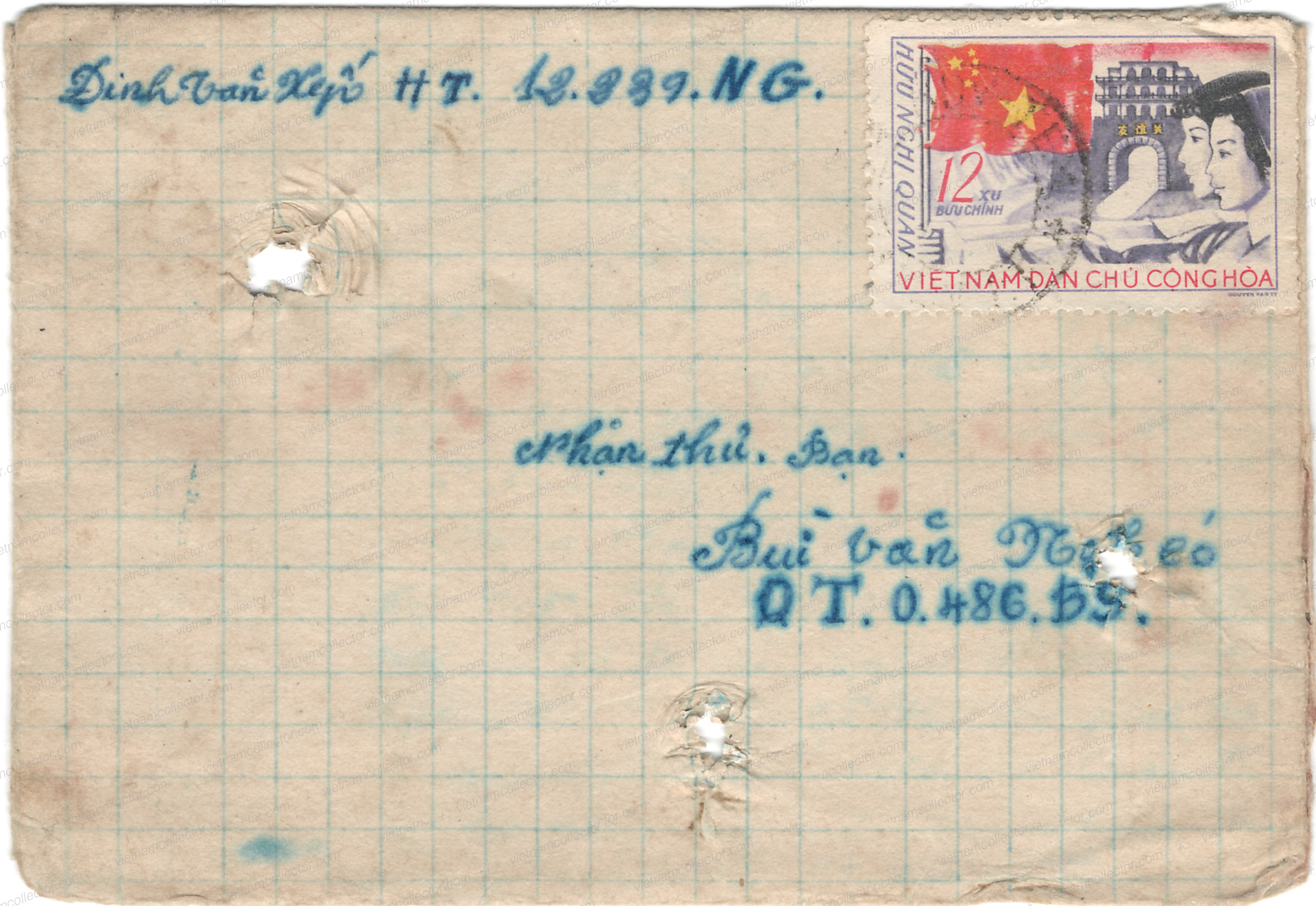
Rare single franking of the 12xu value on a letter to Budapest, Hungary.
Rare express mail letter with a pair of the 12 xu stamp sent to Klewitz from November, 1970. The overall franking amounted to 148 Xu or 1.48 Dong which was slightly below the required tariff of a registered express mail letter to West Germany (1.60 Dong tariff). This example goes to show that not all postal clerks were familiar with the entire tariff structure.
Letter mailed to Theo Klewitz in October of 1965 featuring the set. The overall franking amount to 64 xu which is in excess of the required standard letter rate to West Germany of 50 xu.
Mixed franking of the 50xu value plus one of the 12xu Vietnam China Friendship stamp for an overall postage of 1.12D. Mailed in a small post office of Hai-Ba. The standard letter tariff to East Germany was only 12xi so this letter must have been much heavier than normal.
Registration Nr. 101180


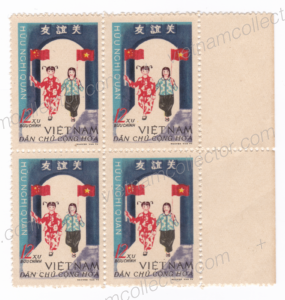

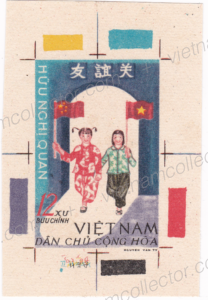
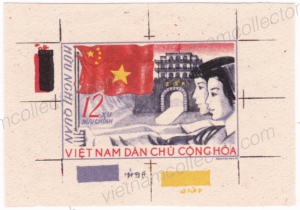
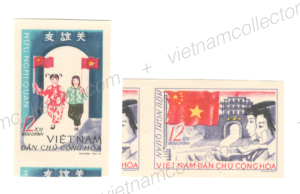
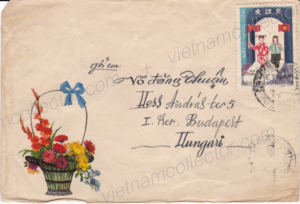
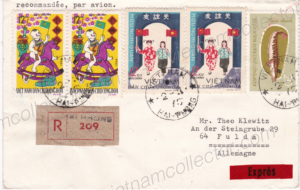
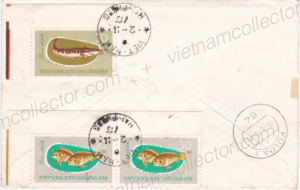
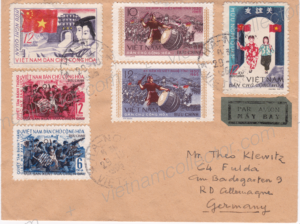

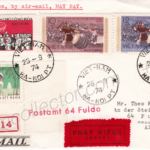



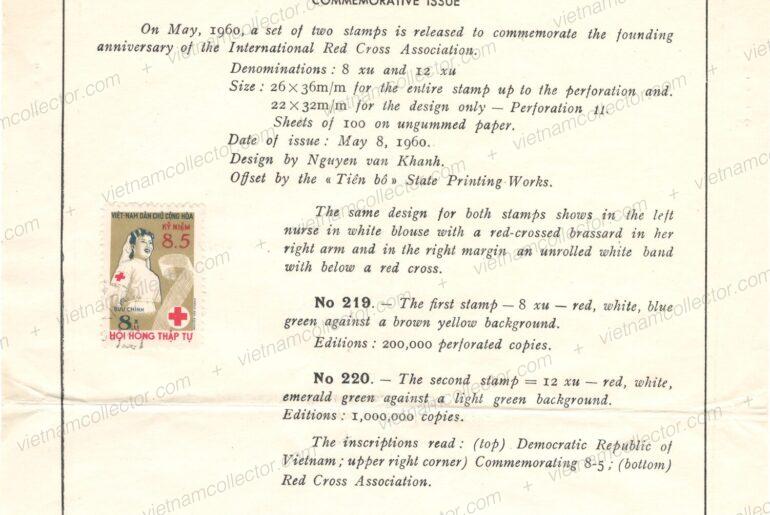
Comments are closed.